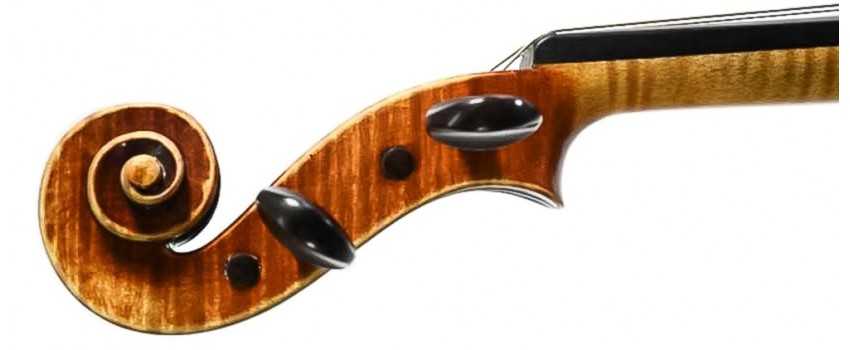Jan Chamot (1939) 15 3/4 Inch Viola
Jan Chamot (1939) 15 3/4 Inch Viola features:
• Made in Krakov Poland in 1934
• Expertly restored and set up by the luthiers in Animato's workshop
• Despiau three-star bridge and Evah Pirazzi strings fitted
Explore our selection of violas priced at $7001 and up, hand-selected for superior tone and playability. Crafted with precision and attention to detail, these instruments offer professional-quality sound and performance. Whether you're a soloist, chamber musician, or orchestral player, these violas will inspire you to reach new heights in your musical journey.

Jan Chamot (1939) 15 3/4 Inch Viola features:
• Made in Krakov Poland in 1934
• Expertly restored and set up by the luthiers in Animato's workshop
• Despiau three-star bridge and Evah Pirazzi strings fitted
We have here a 16.2 Inches Lloyd Adams Viola made in 1957. Lloyd Adams is an Australian luthier is highly regarded as a repairer, restorer, violin and bow maker, and connoisseur.
This viola is Kohlert's unique model, which draws inspiration from the Brescian School. The Brescian School is renowned for producing high-quality violas in the 16th and 17th centuries, crafted by famous makers such as Maggini and Gaspar Da Salo. The size of this particular viola measures 16.3 inches (41.4 cm).
We have here a 15 inch Old French Viola- Repaired by Gand. Charles Eugène Gand was a French Luthier who started with his father Charles François Gand as an apprentice who is the successor of Lupot.
This 15.25" viola was produced by Italian luthier Giovanni Battista Gaibisso in 1950. Giovanni Battista Gaibisso is an Italian Violin, viola, cello, and occasional guitar maker who emigrated to South America and returned to Europe to work for violin-maker François Bovis in France. He established a workshop of his own in 1923 in Alassio and participated in numerous competitions in Italy throughout the twentieth century.
We have here a 15" Paul Knorr Viola (SP Crack Repair) made in Markneukirchen in 1922. Paul Knorr a German luthier, a pupil of Max Dolling who established his workshop in Markneukirchen in 1921.